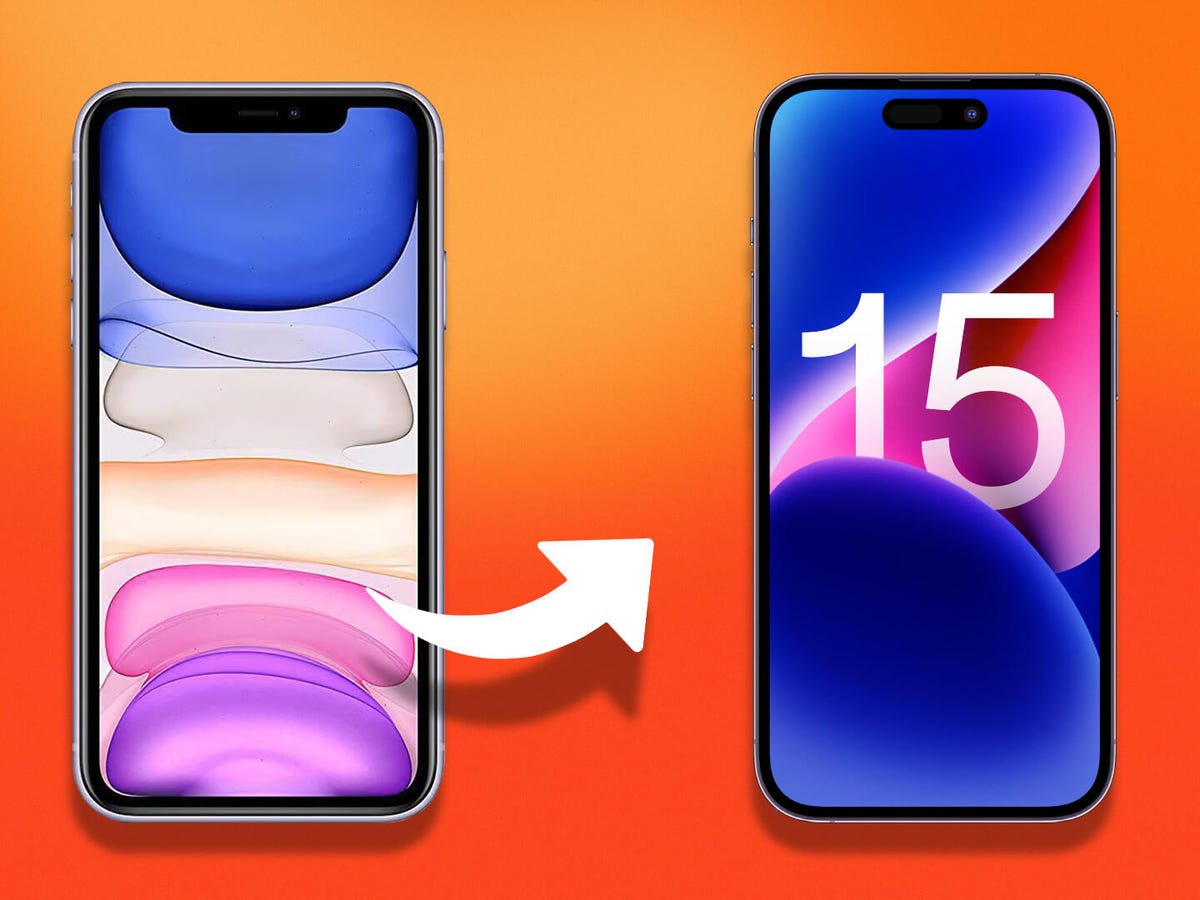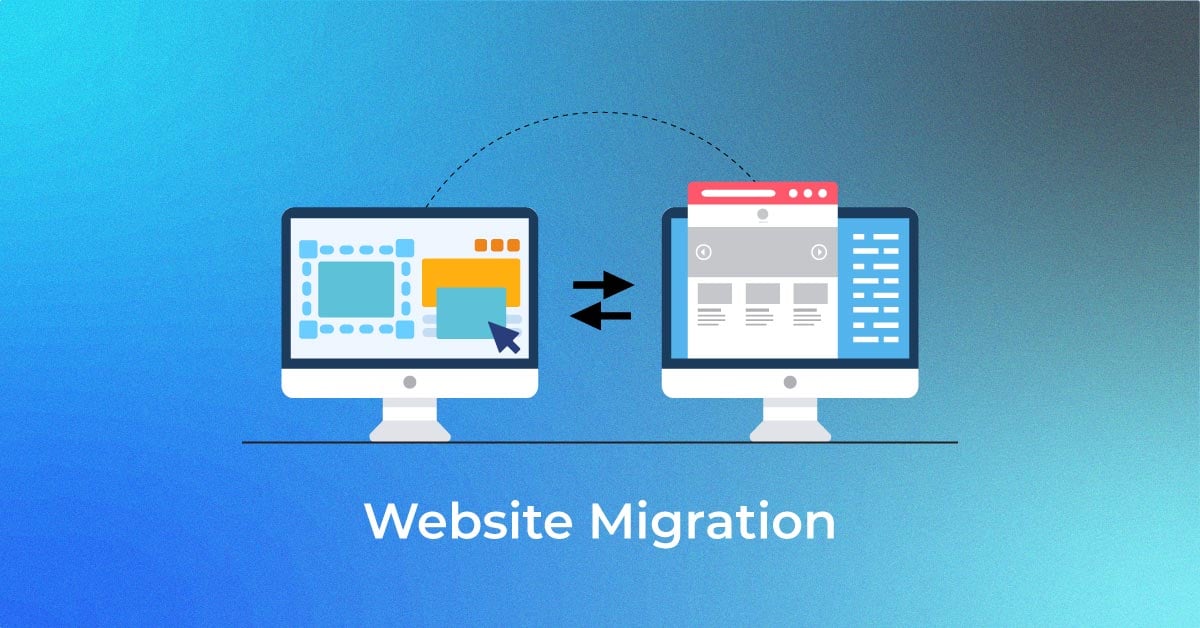

Navigating Data Efficiency: Essential iPhone Data Tips
Smartphones play a central role in our lives, but managing data usage is crucial for an optimal experience. Explore these essential tips to optimize iPhone data usage and ensure efficient utilization of your mobile data plan.
Monitor Data Usage Regularly
Understanding your data consumption is the first step towards efficient management. Navigate to Settings > Cellular (or Mobile Data) to view a breakdown of your data usage. Reset the statistics monthly to track your usage patterns and identify apps or activities that consume the most data.
Enable Wi-Fi Assist for Seamless Transitions
Wi-Fi Assist is a feature that automatically switches to cellular data when Wi-Fi connectivity is weak. While this ensures a seamless internet experience, it’s essential to monitor its impact on data usage. Enable or disable Wi-Fi Assist based on your preferences and data plan limits in Settings > Cellular (or Mobile Data).
Review and Adjust App Settings
Apps often have default settings that may contribute to excessive data usage. Navigate to Settings > Cellular (or Mobile Data) and scroll down to view the list of installed apps with their respective data usage. Disable cellular data access for apps that don’t require constant connectivity, helping conserve data for essential tasks.
Utilize Low Data Mode
Introduced in recent iOS updates, Low Data Mode helps minimize data usage across your device. When enabled, background app refresh, automatic downloads, and visual effects are reduced. Enable Low Data Mode in Settings > Cellular (or Mobile Data) to stretch your data further, especially in critical situations.
Take Advantage of Offline Mode
Many apps offer offline modes, allowing you to download content for later use without consuming additional data. Apps like Apple Music, Netflix, and Google Maps allow offline access to selected content. Explore the offline capabilities of your favorite apps to enjoy seamless functionality without relying on constant data connectivity.
Optimize Email and Cloud Sync Settings
Email and cloud services can contribute significantly to data usage, especially with frequent syncs. Adjust the sync settings for your email accounts and cloud services like iCloud to strike a balance between staying updated and conserving data. Fine-tune these settings in Settings > Mail and Settings > [Your Name] > iCloud.
Restrict Background App Refresh
Background App Refresh allows apps to update content even when not in use, consuming data in the process. Evaluate which apps truly need this feature and disable it for others. Customize background app refresh settings in Settings > General > Background App Refresh to control data consumption.
Limit Streaming Quality
Streaming content in high quality can quickly deplete your data allowance. Adjust streaming settings for services like YouTube, Netflix, or music streaming apps to a lower quality when using cellular data. Find these settings within the respective apps or in the cellular data section of your iPhone settings.
Investigate Data-Hungry Apps
Identify and manage apps that are particularly data-intensive. Video streaming, social media, and gaming apps often consume large amounts of data. Monitor their usage and consider using them primarily on Wi-Fi or adjusting their settings to minimize data usage.
Explore Data Usage Monitoring Apps
Third-party apps dedicated to monitoring data usage provide more detailed insights and real-time tracking. Apps like My Data Manager or DataMan help you keep a closer eye on your data consumption, set alerts, and receive notifications when approaching or exceeding your set limits.
Conclusion: Empowering Data Efficiency on Your iPhone
Implementing these iPhone data tips empowers you to make informed decisions about your data usage. From monitoring and adjusting app settings to leveraging offline modes, these strategies ensure that you maximize the value of your mobile data plan. For a comprehensive guide on iPhone Data Tips, explore iPhone Data Tips and embrace a more data-efficient digital experience.







